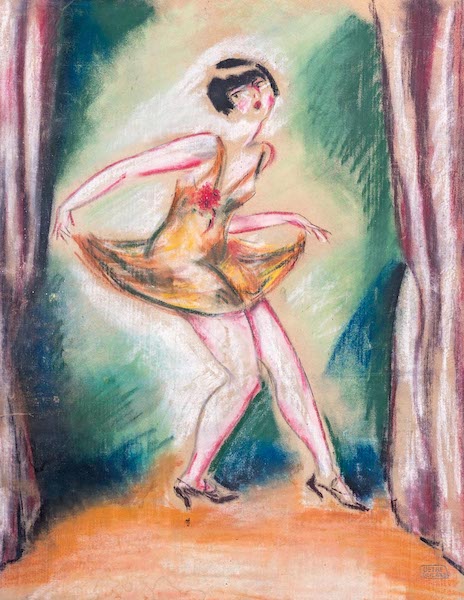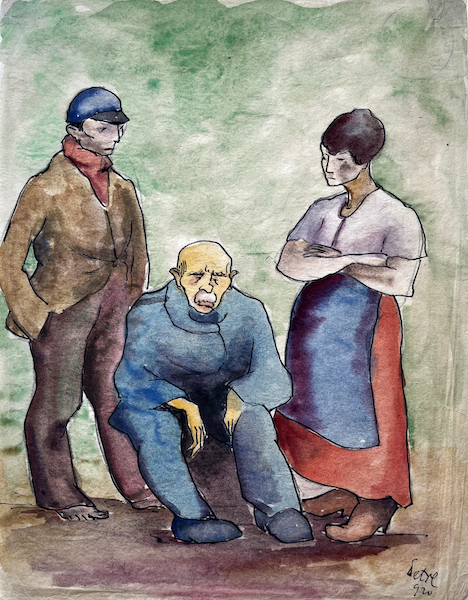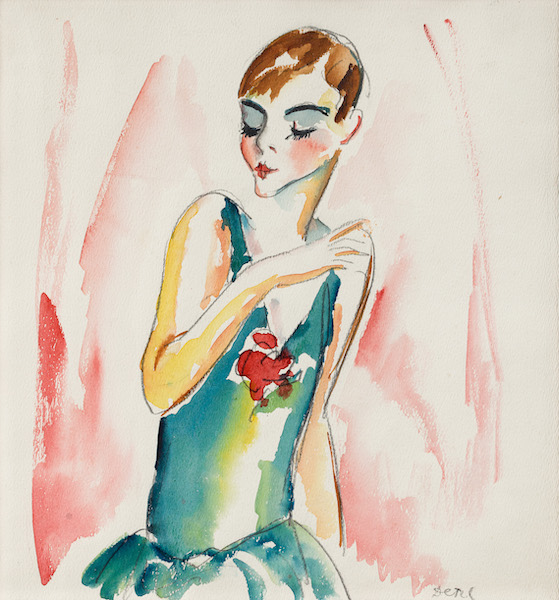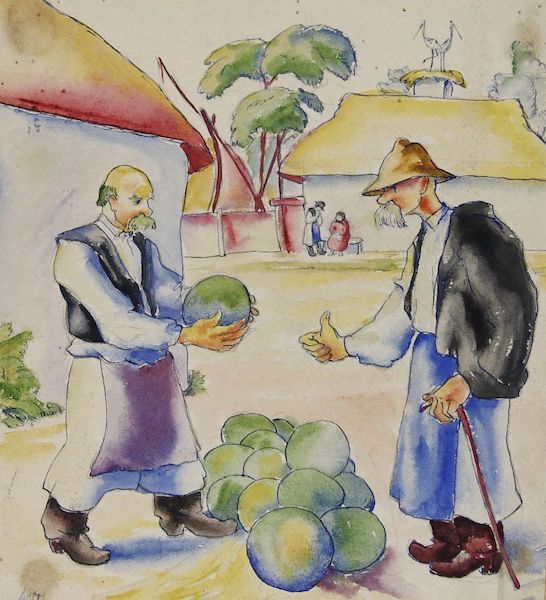Biography
Post-Impressionist paintings by Szilárd Detre (Constant Detre) are intimate imprints of Paris in the 1920s and 1930s. His pastel and watercolor paintings of the École de Paris depict theatrical and nightlife as vivid, characteristic depictions of the pre-war bohemian art world.
Detre began his studies in Munich with Simon Hollósy and continued in Paris in 1914. In 1919 he returned to Munich, where he became director of a pantomime theater. During the Paris World’s Fair in 1925, she moved back to Paris and met artists such as Henri Matisse, Raoul Dufy, Tsuguharu Foujita, Moïse Kisling, or the famous dancer Kiki de Montparnasse, who later often stood as a model for the painter. Detre attended clubs in Montparnasse with his friend Pascin from the 1920s and became an active part of bohemian life in Paris.
During these years he made a living writing and translating, and participated in the design of the avant-garde puppet theater of Géza Blattner, his former fellow painter in Munich. The puppet theater operated in Hungary between 1919 and 1925, and then Blattner moved the company to Paris around 1925, where he developed a special puppet figure type. In addition to Detre, the playwright and painter Zsigmond Wallhausen worked with him from the Hollósy school, and they formed a company with such significant Parisian and Hungarian artists as Sándor A. Tóth, Etienne Boethy, Ferenc Martyn, Imre Huszár, Zsigmond Kolozsváry, Anton Prinner, Károly Koffán, Marie Vassilieff, Paul Jeanne or Gaston Baty. André Kertész belonged to the group of friends, who made several recordings of the group.
The Arc-en-Ciel's greatest success, the gold medal for the theater section, was achieved at the 1939 Paris World's Fair with a performance of The Tragedy of Man in French. The secret of the puppet theater's success, in addition to its innovative puppetry techniques, was the surrealistic, expressionist, grotesque solutions that the 20th-century French audience received with great enthusiasm.
Detre's creative work in the 1920s was determined by the surroundings of the École de Paris, the voyeuristic approach to nightlife, and the themes of the bohemian world of Toulouse-Lautrec. In the thirties, Dertre and his wife, Claire Car, founded a puppet show and traveled extensively throughout the country. In his last creative period, he moved to the area of Moulins area, his pastel paintings here inspired by the tranquility of the countryside and the family environment.




